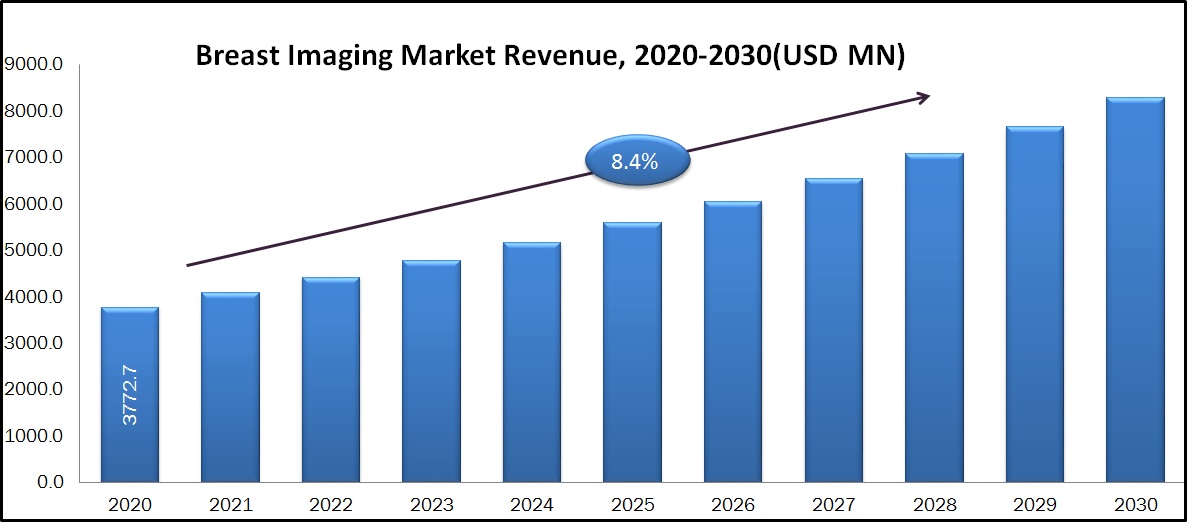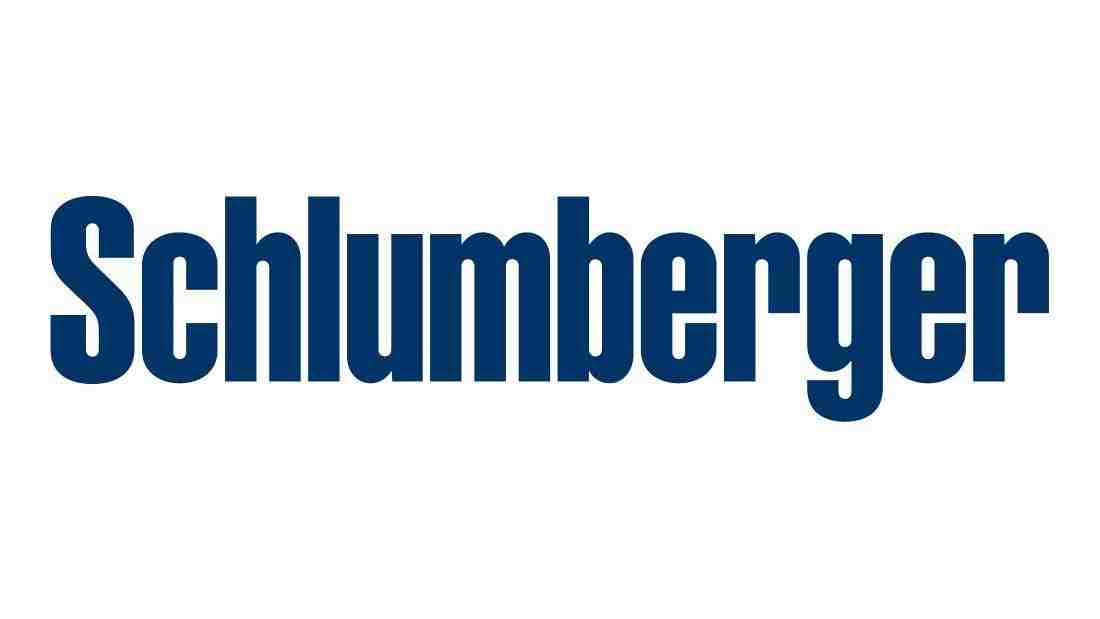Breast Imaging Technologies Market expected CAGR is 5.8% during (2020-2030)

Breast imaging is a widely used technology for diagnosis of breast cancer in women. Imaging modalities, such as non-ionizing and ionizing imaging modalities support the early diagnosis of the disease by assessing the advancement of the disease and deciding for the appropriate treatment. Further, it aids in obtaining breast tissueimages with greater accuracy of the. Besides, mammography, thermograph, ultrasound, and MRI are some of the common breast imaging tests used to determine breast cancer and other related diseases.
Breast Imaging Technologies Market is poised to grow at a CAGR of 8.4% during the forecast period of (2020-2030)
The Breast Imaging Technologies Market is expected to witness a CAGR of around 8.4% from 2020-2030 as per new report published by Decision Foresight.
According to the report, the growth of the breast imaging technologies market is driven by growing incidence of breast cancer, growing awareness regarding early detection of breast cancer, technological advancements in breast imaging modalities, availability of significant funds and grants are the key factors influencing growth of this market segment. However, side effects of the radiation exposure, and rise in adoption of refurbished imaging modalities are posing a significant challenge on the market growth.
Based on Technology, the non-ionizing breast imaging segment is expected to grow at the highest CAGR of during the forecast period. Greater generation of anatomical details for diagnosis, high sensitivity to small breasts lesions in women with dense breast tissues are some of the advantages offered by non-ionizing imaging modalities over ionizing modalities, are some of the key drivers of the technology segment.
Hospitals formed the major end users of the breast imaging modalities in 2019. The high growth of this market segment is attributed to the higher purchasing power, well-equipped operating & diagnostic rooms, presence of skilled diagnostic technicians, and better health coverage for hospital-based healthcare services from various private insurance plans.
The Breast Imaging technologies market in Asia-Pacific is expected to register the highest CAGR during the forecast period. A total of 911,014 new breast cancer cases were diagnosed in Asia in 2018, further this number is projected increase by 229,650 by 2030. (Source: GLOBOCAN).. Such rise in prevalence rate will increase the adoption of advanced imaging modalities among hospitals, and diagnostic imaging centers which are the major end users. Moreover, government findings for cancer research, awareness programs for early screening of breast cancer are supporting the market growth of this regional segment. Despite of the positive outlook in the APAC countries, high cost of breast imaging modalities is hindering the growth of this market segment.
To leverage the opportunity in this innovation-centric market, various market players are focusing on pursuing new product launches as their key growth strategies. Some of the recent launches in this regard include Tomosynthesis biopsy option for ASPIRE Cristalle mammography system (July 2019, Fujifilm Holdings Corporation), Viera portable breast ultrasound system (February 2018, Hologic), SOMATOM Edge Plus, the new premium single-source system, and SOMATOM Force (November 2017, Siemens Healthnieers). Launch or such innovative product will strengthen the presence of the leading players, thus intensifying the competition.
Prominent players operating in the global breast imaging technologies market are Hologic, Inc., GE Healthcare, Siemens Healthineers, Koninklijke Philips N.V., Fujifilm Holdings Corporation, Canon Inc, Planmed Oy, Aurora Healthcare US, Allengers, Dilon Technologies, Micrima Limited, Carestream Health, Dilon Technologies, Delphinus Medical Technologies, CMR Naviscan Corporation, and Gamma Medica.
Market Segmentation
The global breast imaging technologies market is segmented based on product type, end-user and geography
By Product Type
- Ionizing Breast imaging Technologies
- Analog Mammography
- Full-Field Digital Mammography (FFDM)
- 3D Breast Tomosynthesis
- Positron Emission Tomography/Computed Tomography(PET/CT)
- Molecular Breast Imaging/Breast Specific-Gamma Imaging (MBI/BSGI)
- Cone Beam Computed Tomography (CBCT)
- Non-ionizing Breast Imaging Technologies
- Breast MRI
- Breast Ultrasound
- Optical Imaging
- Automated Whole Breast Ultrasound (AWBU)
- Breast Thermography
By End Users
- Hospitals
- Diagnostic Imaging Centers
- Ambulatory Surgical Centers (ASCs)
- Others
By Geography
- North America
- US
- Canada
- Mexico
- Europe
- Germany
- France
- UK
- Italy
- Spain
- Rest of Europe
- Asia-Pacific
- Japan
- China
- India
- Rest of Asia-Pacific
- Rest of the World
- LMEA
- Middle East
- Africa
Industries
Our Clients






